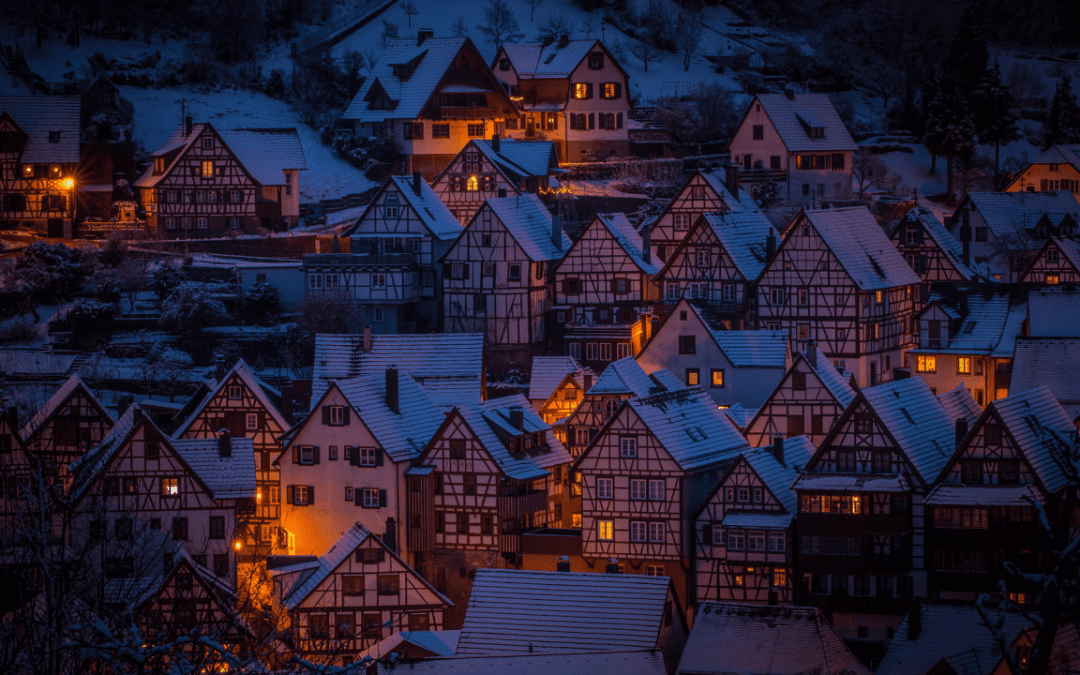World War 2 was probably the most misjudged prank in history. It really got out of hand and by the end, those behind it were either arrested or forced into hiding. In following years, 9 thousand Nazis fled to South America, where corrupt officials would offer them protection. In remote areas they founded their own towns. Some of those towns still exist, inhabited by the descendants of Nazis, who still speak German as a first language.
These are examples of ethnic enclaves – places whose population are ethnically different to those in surrounding areas. At a basic level, China Towns and Little Italy’s are ethnic enclaves. But those don’t tend to be very interesting – unless you have some kind of weird China Town obsession, which let’s face it, no one does. Some ethnic enclaves are much more interesting. In fact, they’re so interesting I thought I’d make a whole video and article about them.

Sointula
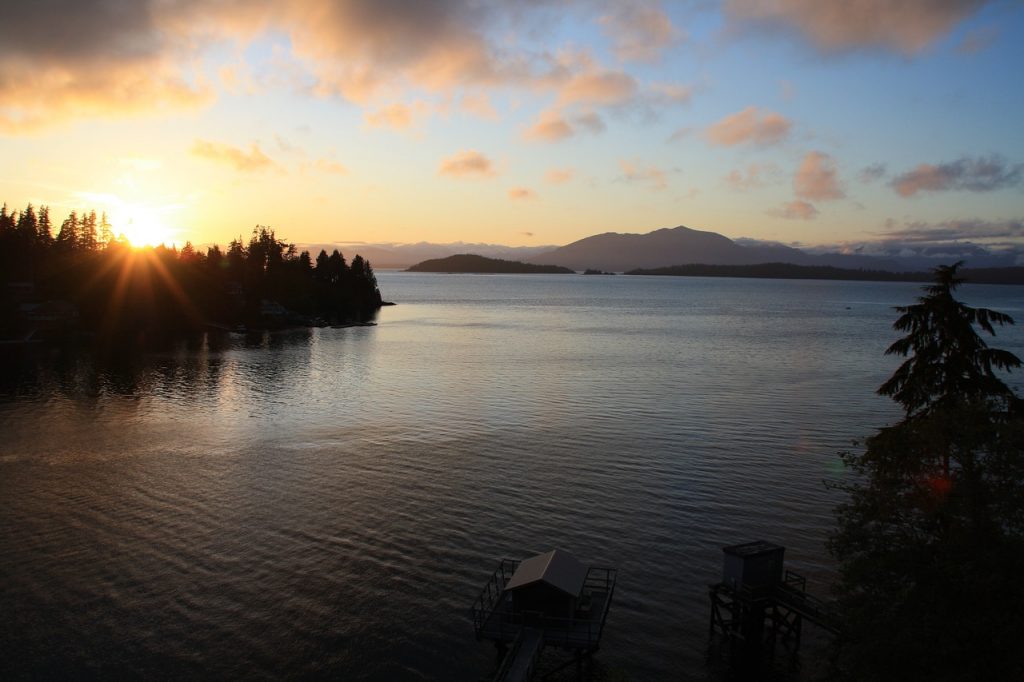
History has seen countless attempts to create Utopian societies.. Every single one of which failed. Utopias most often go down one of two routes. They either devolve into misery like North Korea, or turn into bizarre sex cults like North Korea. In 1901 a group of workers from Finland sailed north of Canada’s Vancouver Island. Here they found a small island, devoid of human life, but habitable. It was on this island they carved a new town out of it’s coastal woodland. They called their new settlement Sointula, Finnish for “Place of Harmony”.
Led by a Finnish journalist, the community was founded to be a socialist Utopia. This goal would never be met – partly because no Utopia could have Canada’s climate – but also because Sointula was so remote. By 1902 127 people called it home. The community survived on logging and fishing but life was frankly dismal and Sointula remained in poverty. By 1905 locals gave uo on their dream of Utopia after a fire devastated Sointula. Even their leader gave up and left. But Sointula survived as a small fishing village; it has a population of around 600 today. And so, just off the coast of British Colombia is a tiny island populated by ethnic Finns.

Siddi Tribe

What if I told you there is an African tribe in the middle of South Asia? In remote areas of India’s Gujarat State, members of the tribe have lived in isolation for centuries. They are known as the Siddi – and despite being in India for generations, still have typically African features. It’s because Siddi don’t tend to marry outside of the tribe, which explains how their genetics weren’t simply absorbed into the surrounding gene pool. Their history is very mysterious. But it’s thought the tribe’s ancestors came to India in stages over a period of around a thousand years.
Some Africans came to India as soldiers of invading armies and decided to stay. Others were merchants Many were brought as slaves, mostly by the Arab and Portuguese slave industries. Over time their descendants grouped together for solidarity. It’s thought they fled to remote forested areas to avoid discrimination, and largely kept to themselves. As a result few people know the story of South Asia’s Siddi tribe – who although culturally India, remain ethnically African.

Mennonites in Mexico

North America’s Amish communities – the closest thing we have to real life time travelers. But they don’t actually live in the past, they just act like it. Similar to the Amish are Mennonites. They too often live without modern technology. In the late 18th century, a group of German Mennonites were invited to live in Russia by the Russian Tsar. Thousands made their home in Russia – but in coming decades, they just kind of got sick of Russia and got away. Most moved to America or Canada.
But then they got sick of those countries too and moved away again – this time to Mexico. In Mexico they bought land and started their own farming colonies. Some have since gotten sick of Mexico and once again move away. But over a hundred thousand Mennonites remain in Mexico, often in isolated colonies. So in the middle of Mexico there are colonies of ethnic Germans, who speak Dutch, and are known as Russian Mennonites. Now those are what I call ethnic enclaves.

Basque Country
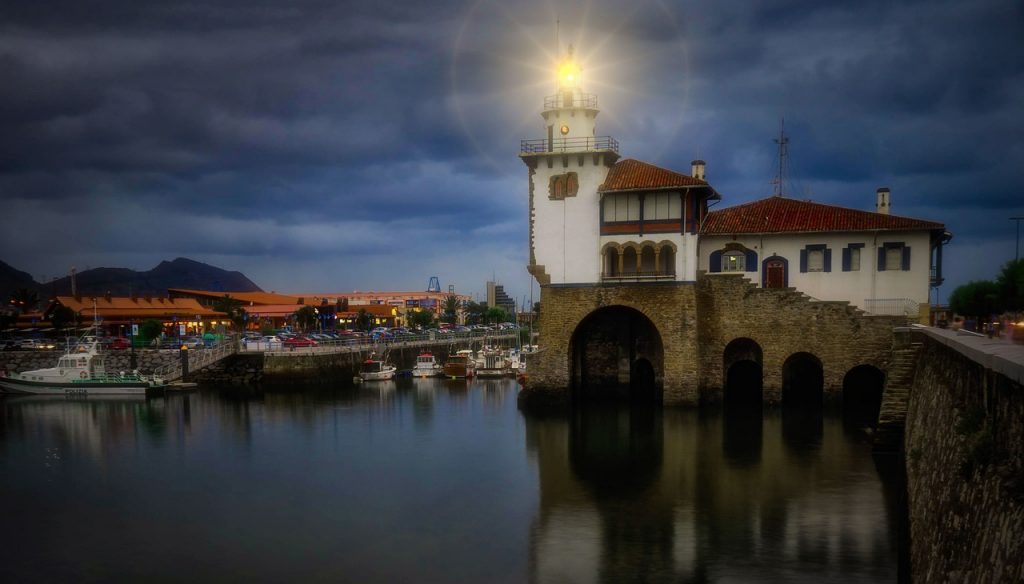
at the borderlands of France and Spain is a historical region known as Basqueland or the Basque Country. This largely unknown region is the homeland of a unique and mysterious ethnic group. They are the Basques. Little is known of their origin. Genetic testing suggests they have been genetically unique for at least seven thousand years. What’s more, their language is completely unrelated to any other known language. To put it bluntly, no one knows where their ancestors came from. Some say they are the last survivors of Europe’s first human inhabitants.
Others believe they are actually a different subspecies of human, although that’s been debunked. Some even believe they are the survivors of Atlantis, who fled to Europe after their homeland was submerged. This would explain the lack of evidence regarding their origin and the uniqueness of their language. We may never know for certain where the Basque people came from or how they migrated to their ancient ethnic enclave. The only certainty is that they are unlike any group surrounding them.

The Polish Towns of Haiti
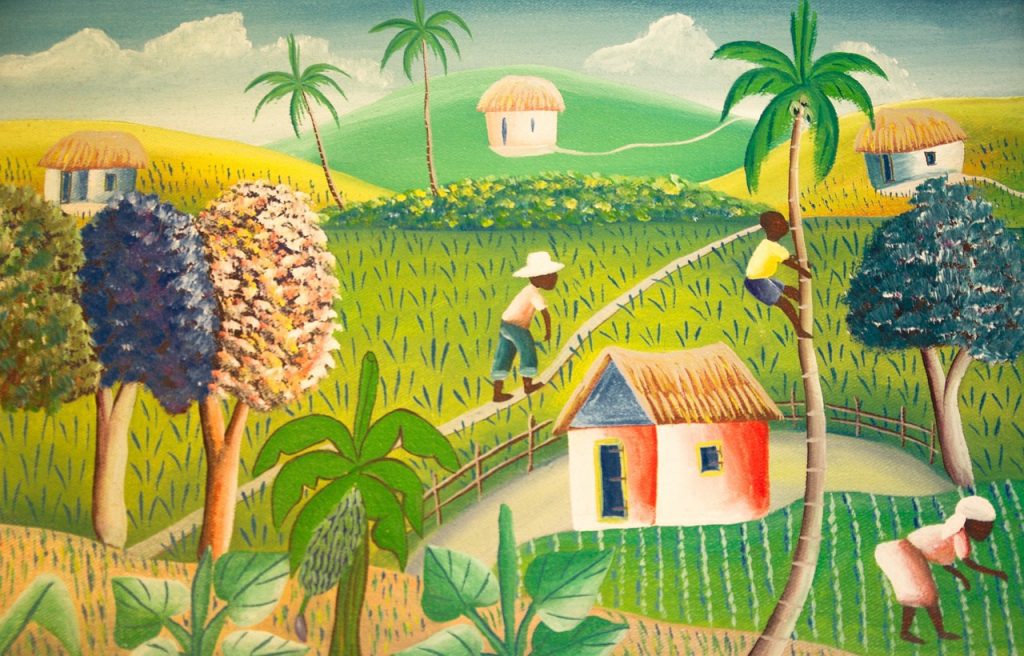
You might not know this but Haiti is a real country. It’s real, not just a work of fiction like Freedonia or Belgium. Haiti became a nation at the dawn of the 9th century, winning independence from Imperial France. They won it through bloody revolution and established the Haitian empire in 1804. According to it’s constitution, white people were banned from owning property, apart from Poles and Germans. So why were Poles and Germans accepted where other Europeans were not?
Well during Haiti’s struggle for independence, Napoleon sent an army of Poles and Germans from his empire to suppress the Haitian revolution. But when these troops arrived in Haiti they deserted and joined the revolution. In recognition for their service they were then accepted into Haitian society. Haiti’s first ruler even called Polish people “the white Negroes of Europe” to show solidarity. Thousands of people in Haiti still have Polish surnames, many of which live in towns with Polish sounding names.

Bessarabian Bulgarian Brazilians
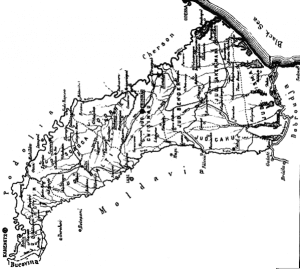
In the 20th century the Brazilian government had a problem. They’re country was large but undeveloped. To help solve this they deliberately tried to attract immigrants from more developed nations. Japan was specifically targeted, which is why over 1.4 million Brazilians have Japanese ancestry today. But it wasn’t just Japan. They also targeted minority groups within Romania… which is oddly specific.
But it worked, with over ten thousand Bessarabian Bulgarians moving to Brazil. They were a group of Bulgarians who settles in a region of Europe called Bessarabia two centuries ago. They were invited to do so by Russia, who had recently conquered the area. Today the region is split between Ukraine, Moldova, and Romania – with thousands of Bessarabian Bulgarians in each nation, and also in Brazil. Bessarabian Bulgarian Brazilians.

Pitcairn Pirates
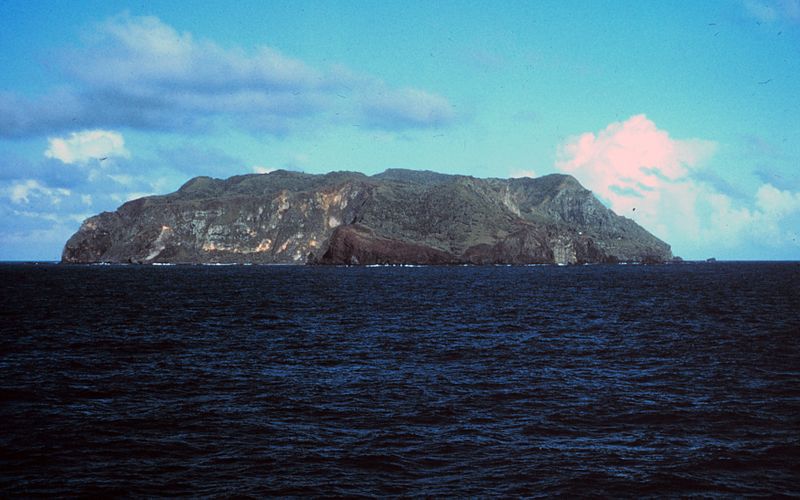
In 1789 a mutiny broke out on the British ship HMS Bounty. In the middle of the ocean, crew members revolted, casting their captain adrift in a small rowing boat. It went down as one of history’s most infamous mutinies and the mutineers in turn became wanted outlaws. So to evade justice they split up and searched for some kind of haven. One group of nine survivors found that haven when they discovered a beautiful desert island. For months they had explored nearby islands, capturing a group of native Polynesians along the way. Now they had found an ideal island, the mutineers wrecked their own ship, so that the 18 Polynesians couldn’t escape.
So there they were: 27 people stranded on the island. For years they survived on the island undisturbed by the outside world. Most of the mutineers ended up killing each other, but not before they had children. Believe it or not, their descendants still live on the island today – two centuries of inbreeding later. Just 50 people call the island home now and no one wants to move there. But it’s still an interesting ethnic anomaly – the inbred descendants of 18th century British pirates, in the middle of Polynesian ocean. It’s a bit of a stretch to list this among ethnic enclaves as they are surrounded by water, rather than people. But seeing as they’re in Polynesia I thought it was close enough to an ethnic enclave to qualify.

Bretons
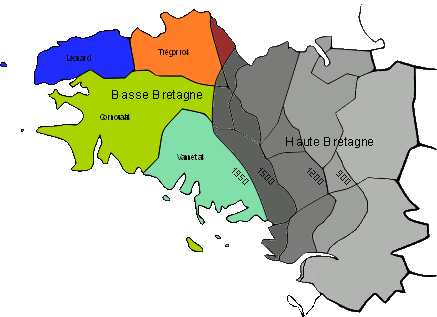
Bretons are a race of human in the elder scrolls game series – but in real life there is also an ethnic group known as Bretons. They live in a region of France called Brittany, and have a very unique history. Bretons trace their origin to the British isles. In ancient times, Britain was inhabited mostly by Celtic peoples. But from the fifth century Germanic groups began to settle in Britain. Over the years these new groups became the Anglo Saxons and built strong kingdoms. The original Celtic peoples were gradually driven into more remote parts of Britain.
This loss of their homeland caused many Celtic Britons to leave the island altogether. Sailing across the channel, they made their new home in a French coastal peninsula. Centuries of British Celts moving to the peninsula saw the area become known as Brittany. Their descendants are called Bretons. The Bretons remain a Celtic ethnic group. Other French are more a mix of Latin and Germanic. The Bretons even have their own language to prove their history. It’s most closely related language is Cornish, a Celtic language still spoken by some in England.

Saint Pierre
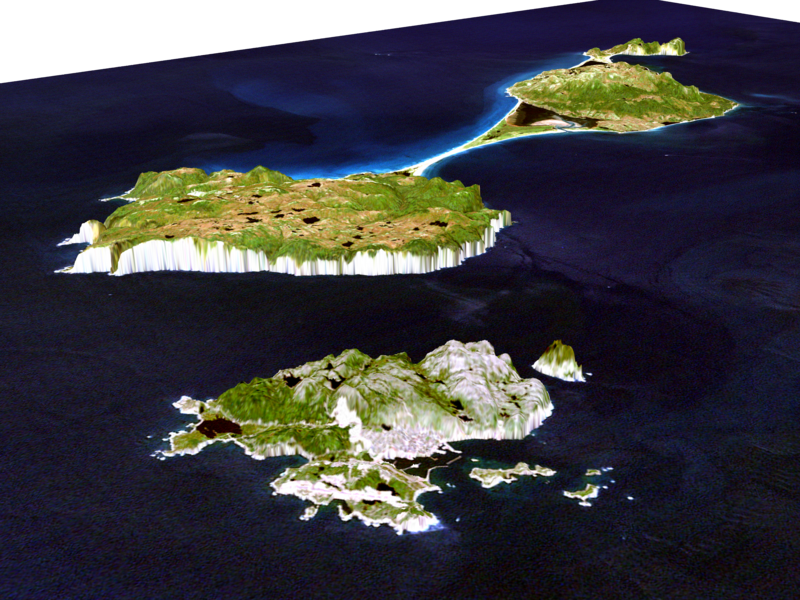
Saint Pierre is a Canadian mixed martial arts champion, but to people in Canada’s most eastern province the name means something else. Not far from their coast is a tiny island owned by France. Since 1530 Saint Pierre has been French land, and given it’s size and insignificance no one has really cared much. And so just off Canada’s coast is a little known island inhabited by French people.

Argentina’s Welsh Settlements
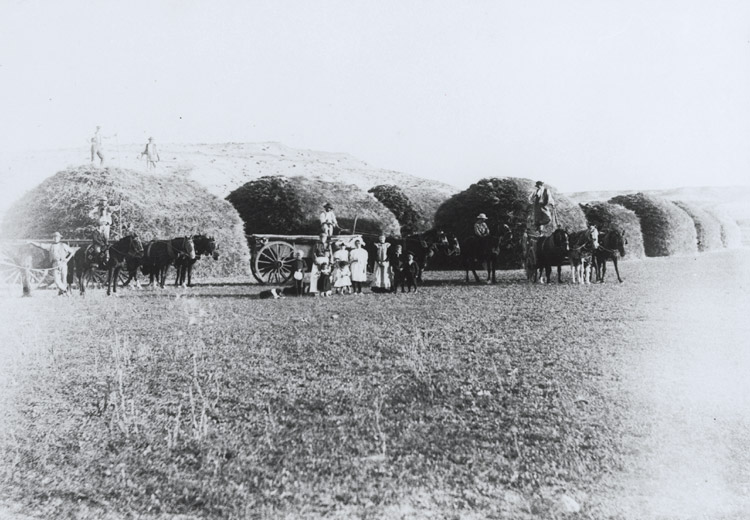
In 1853 Argentina approved it’s current constitution. Article 25 of that constitution prohibited any limits on immigration. As a result, coming decades would see massive amounts of European immigration to Argentina. This had a huge impact. It’s why people in Argentina today generally have lighter skin than those in other South American countries. So many of the immigrants were Italian that Argentina’s accent is also different than countries surrounding it, with heavy Italian influence on pronunciation.
But they weren’t all Italian. In 1865 150 people traveled from Wales to Argentina where they founded their own town. Following decades saw many more Welsh people come to found new settlements. Several of such settlements still exist. Some are small towns, while others are major cities. As a result Argentina today has a handful of places that still speak Welsh as the common language. Which is surprising when you consider only 19 percent of people in Wales spoke Welsh. Argentina also has communities where people speak German. But that’s a story for another article on ethnic enclaves so maybe I’ll write a part two.

